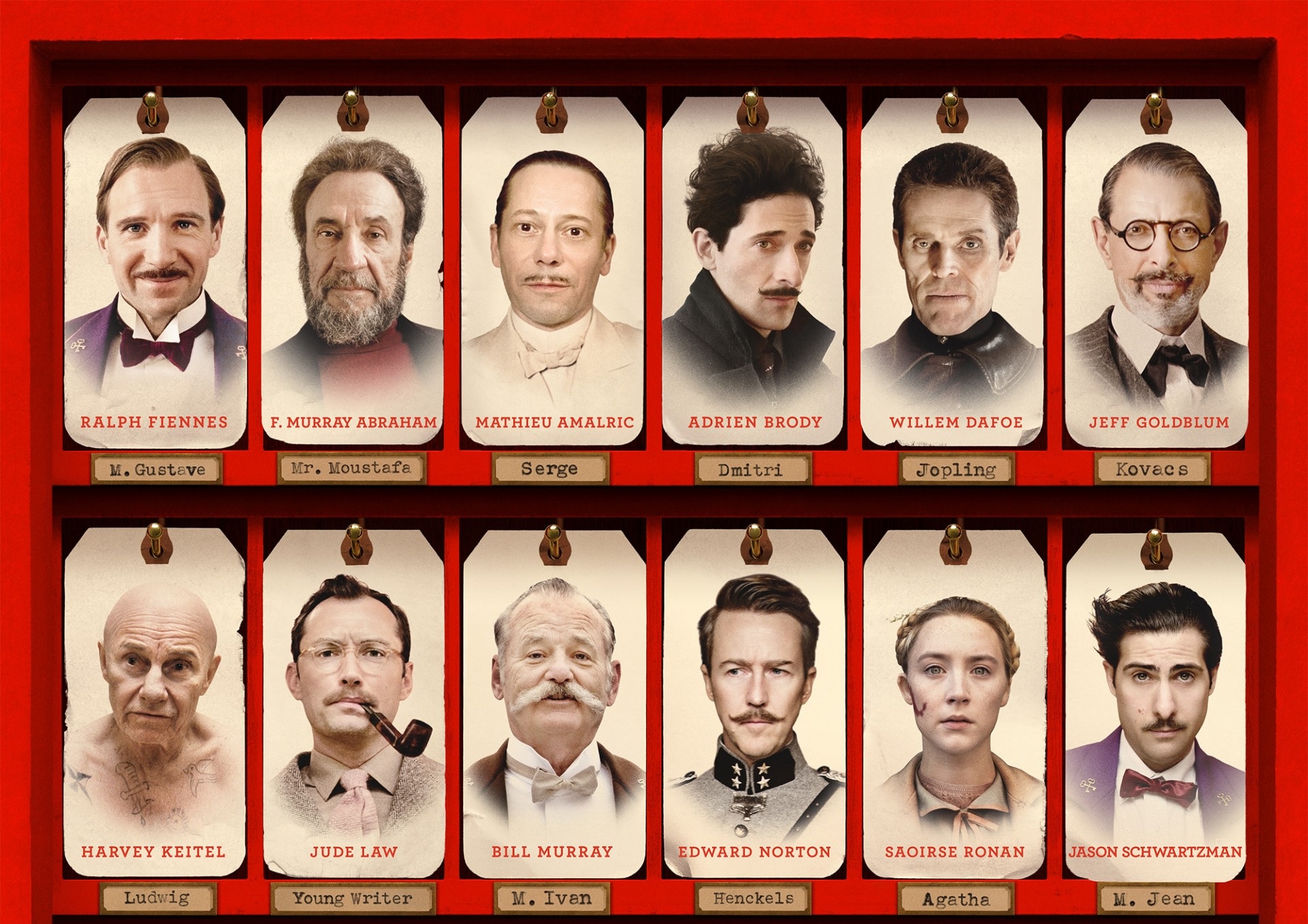Creative Thinking
Ah yes, creative thinking. My teachers always used to call my work “creative”. The thing about being creative is that it doesn’t mean something is good. Creativity is simply anything relating to or involving the imagination or original ideas. Sometimes things don’t exist not because no one thought of them, but because they really just shouldn’t exist. Which is why I took Creative Writing, as I knew “creative” didn’t mean “good”. (We’ll skip over the fact that I accidentally took Creative Writing 12 when I meant to take Creative Writing 11.)
But for the sake of this assignment, I think I’m supposed to mention something innovative—something that achieved an apt result in a unique way. So for that I put forth my “Choice Work” assignment for Creative Writing, where I was allowed to write anything I wanted. There was nothing I wanted to write more than nothing itself, but for the sake of passing I asked Mr. Baker what I could write to show breadth, as all I’ve been writing since elementary school is self-insert murder mysteries filled with puns. He proposed experimental fiction—a genre of literary work wherein writers focus on using innovative storytelling techniques that defy literary norms and conventions. So by definition, I was required to actually be creative.
In the end I wrote a story entirely told through someone’s internet search history. I searched for anything like this, and I couldn’t find anything, so it could very well be the first of its kind. But is it good? Well, ignore the fact that I’m not including it here and let me explain how this experimental format actually enhanced several aspects of the story:
Because you read internet search history by scrolling down, this actually makes the story non-linear. This creates mystery, as the reader has to try and figure out what the protagonist is trying to achieve with his confusing searches, but it all comes together in the end. For example, we see he was researching if hamburgers are made of pork, and before that he was buying equipment to grind meat, and in the end his very first search was of what human flesh tastes like (it tastes like pork). There are also searches that seem unrelated at first, such as WikiHow articles on how to invite your ex over, and “steamed hams” Simpsons memes. But by the end we realize why he was inviting his ex over and the steamed hams memes lead into his research on meats. It reflects how people’s internet search history is often quite a confusing string of tangents, helps add some mystery and comedic juxtaposition to the story, and also illustrates the strange fact that deranged individuals often enjoy the same media that “ordinary people” do, and can often appear quite normal themselves.
So in this manner, I used Creative Thinking to do something unlike anything I or most writers have done, which will get me a better breadth mark, and also created a story that is elevated by its unique formatting.











 Animal Planet is part of Discovery, which is quite well known. The YouTube channel was indeed verified and had 5.25 million subscribers. The video itself had nearly 8.5 million views and 60,000 likes. From my experience, 60,000 likes is a smaller number for a video with so many millions of views, so if there were many dislikes, it could be a clue that something was wrong with the video. Too bad YouTube just decided to remove dislikes from every video in existence. Anyway, I took a look at the comments instead. I scrolled through for quite a length of time, but I couldn’t find anything suggesting the video to be fake.
Animal Planet is part of Discovery, which is quite well known. The YouTube channel was indeed verified and had 5.25 million subscribers. The video itself had nearly 8.5 million views and 60,000 likes. From my experience, 60,000 likes is a smaller number for a video with so many millions of views, so if there were many dislikes, it could be a clue that something was wrong with the video. Too bad YouTube just decided to remove dislikes from every video in existence. Anyway, I took a look at the comments instead. I scrolled through for quite a length of time, but I couldn’t find anything suggesting the video to be fake.

 Looking again at the Animal Planet Channel, there was an excerpt from the first (and much less grounded) documentary with CGI mermaids attacked by a CGI shark, and most of the comments acknowledged it was nothing but a mockumentary; not meant to be taken seriously, but it was taken so by some nonetheless. It seemed doubtful that the creators of a fake documentary would suddenly decide to do everything for real in its sequel.
Looking again at the Animal Planet Channel, there was an excerpt from the first (and much less grounded) documentary with CGI mermaids attacked by a CGI shark, and most of the comments acknowledged it was nothing but a mockumentary; not meant to be taken seriously, but it was taken so by some nonetheless. It seemed doubtful that the creators of a fake documentary would suddenly decide to do everything for real in its sequel.


